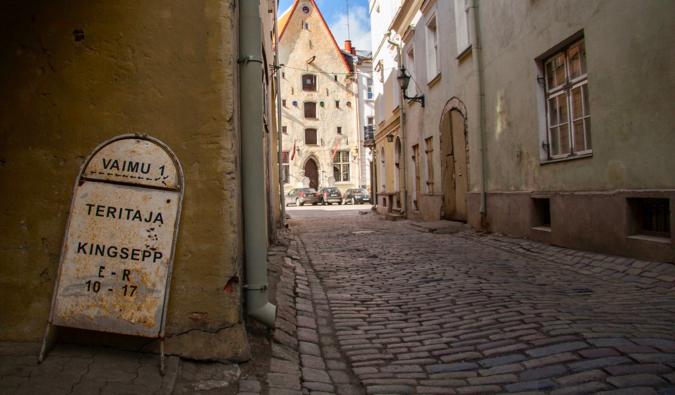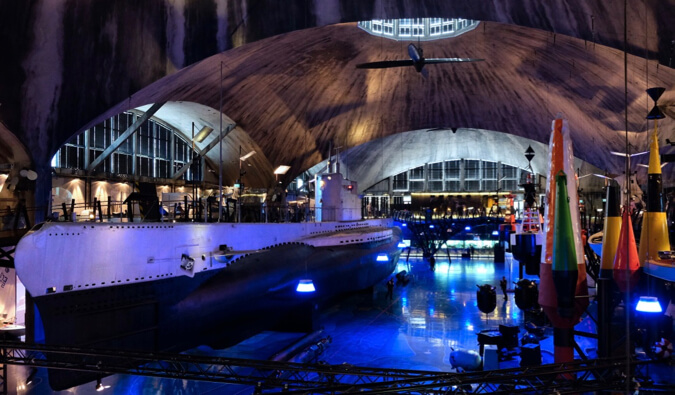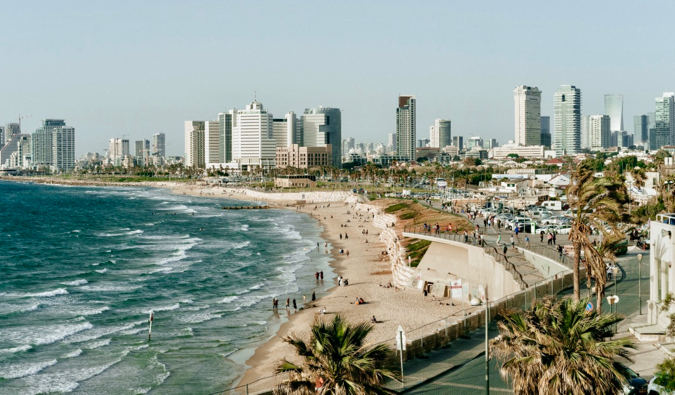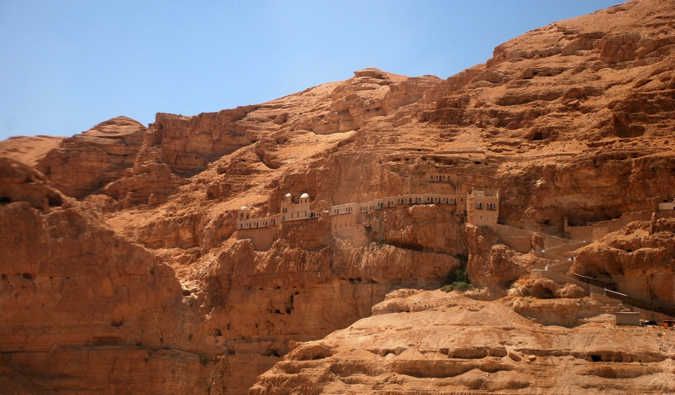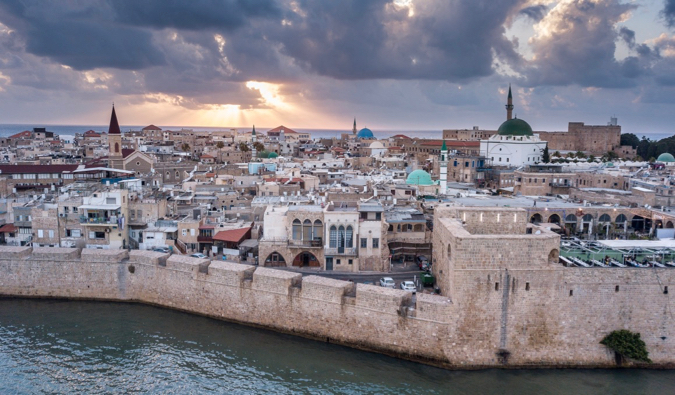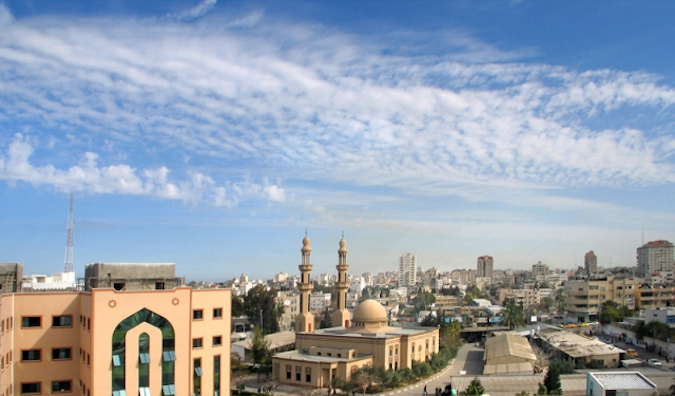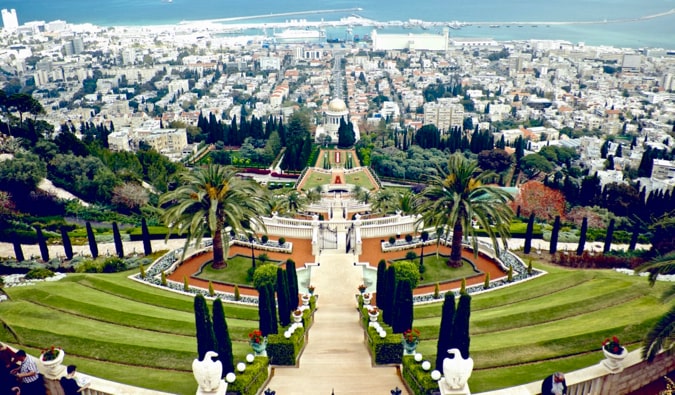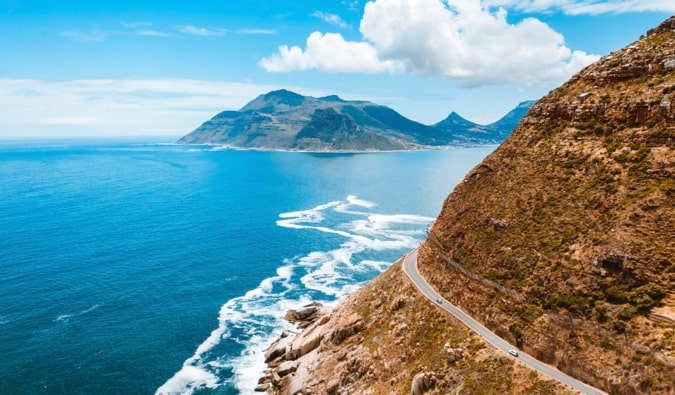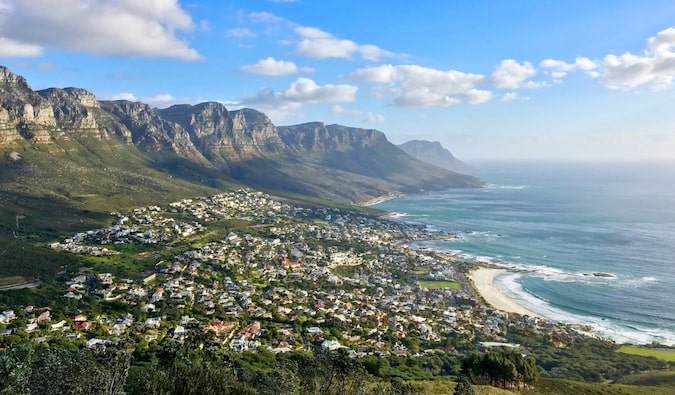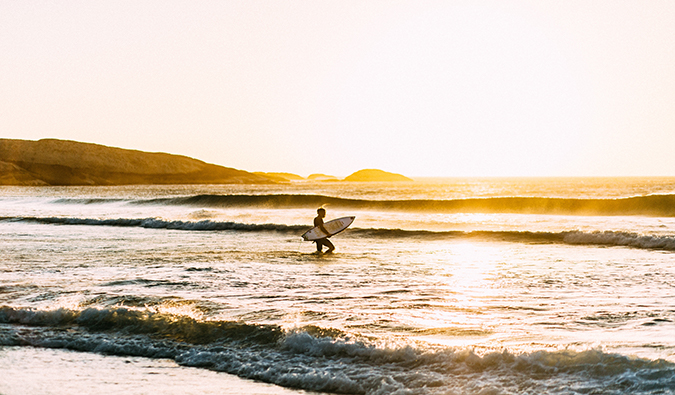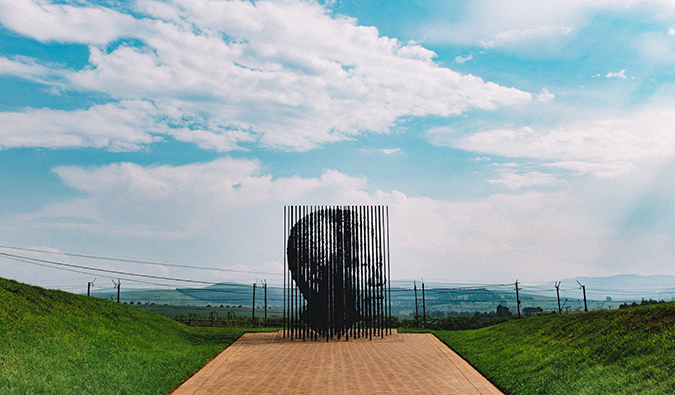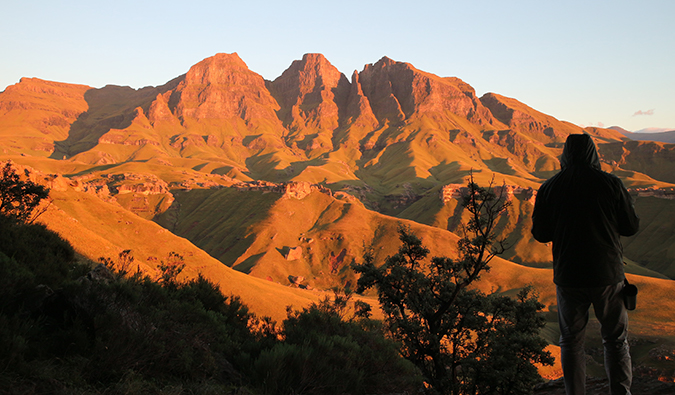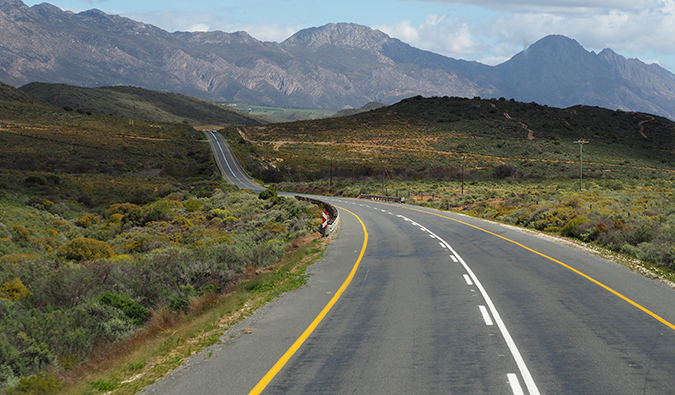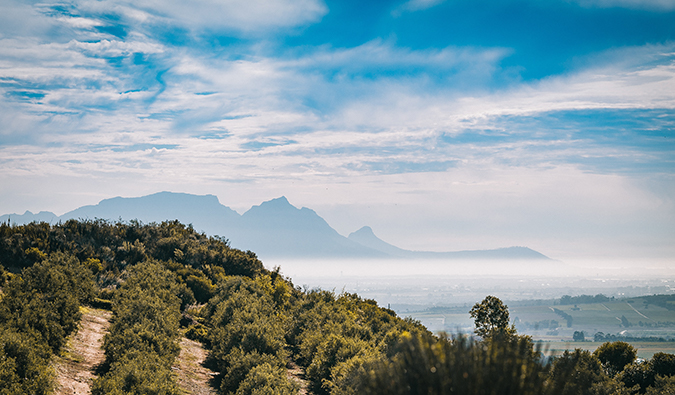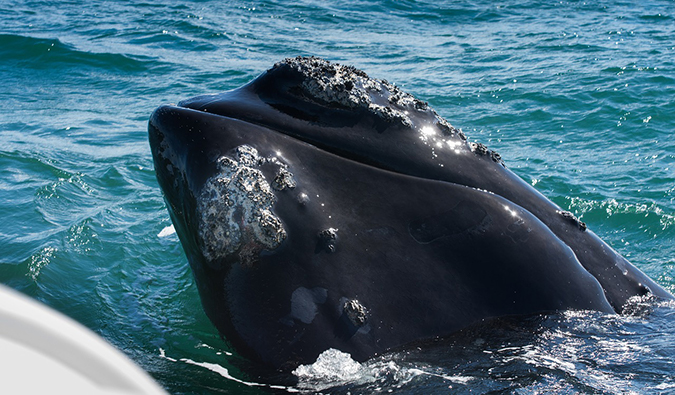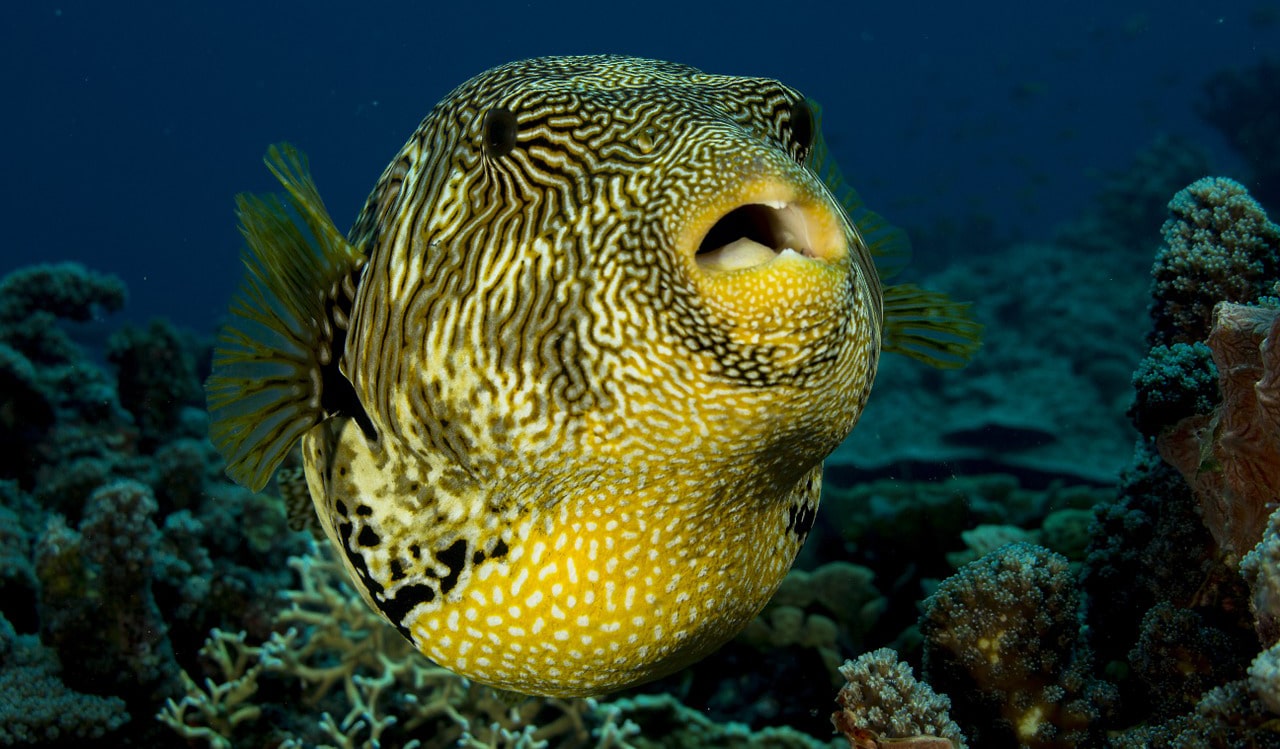
Updated: 3/17/2020 | March 17th, 2020
Once at a reader reader meetup, a fellow traveler approached me. He had just returned from an overland drive from New York City to Patagonia.
After I peppered him with questions about his trip (I mean really, how cool does that trip sound?), he asked me one:
“How do you deal with coming home, staying in the travel mindset, and keeping the lessons you learned alive?”
It’s a great question and it touches on something a lot of travelers get blindsided by: the post-travel blues.
Post-trip depression is something many long-term travelers struggle with.
Coming home is often harder than leaving (or adjusting to life abroad) because it’s so anti-climactic.
Before your trip, there is this massive buildup of emotions, preparation, and excitement. You’ve been planning a trip for months, imagining yourself in foreign lands, meeting interesting people, and going on an adventure.
You’re moving toward a goal. You’re excited. A bright future of possibility lies before you.
But then you come home after months (or years) abroad and it’s suddenly “now what?”
There’s no more buildup.
Just a complete stop.
You don’t come back with a bang; you come back with a whimper. Your friends are only kind of interested in your trip, but soon their eyes glaze over at your travel tales. Before you know it, you fall back into your old routine and it’s as this trip never happened.
So what can you do to recreate that sense of travel when you get back home?
And, given the times we live in, what do you do when you are quarantined because of Coronavirus, flights are grounded, and the travel industry has come to a halt?
How can you keep that sense of adventure alive while you are home (literally in your home and generally in your community)?
Well, here are 7 ways to bring the world to you when you can’t go to it:
1. Read Travel Books
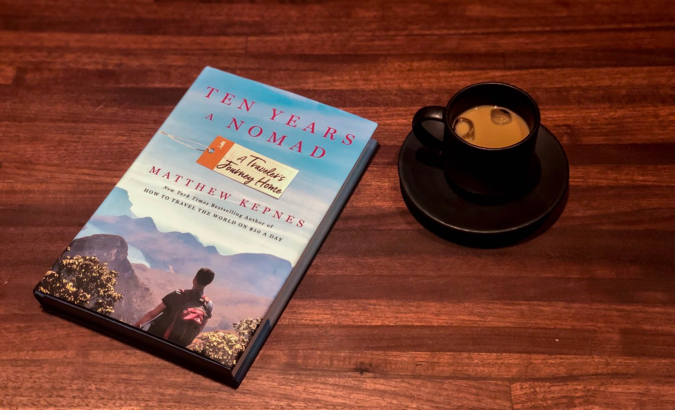
The easiest thing you can to bring the world to you is to visit it through a book. Read about people’s adventures and stay inspired as you dream about all the places you’ll go in the future. Get new ideas, learn about other cultures, satiate your wanderlust, and grow your “to visit” list.
Let your mind travel when your body can’t.
Here’s a list of some travel books to get you started:
- The Alchemist, by Paulo Coelho
- Wild, by Cheryl Strayed
- The Beach, by Alex Garland
- In a Sunburned Country, by Bill Bryson
- Turn Right at Machu Picchu, by Mark Adams
- Ten Years a Nomad, by me! (Which you should deflintely get because it’s the best and supporting the team and I during these times would mean a lot!)
For more suggestions, here’s a larger list of my favorite travel books.
And here’s a list of 13 non-travel books that changed my life (because if this quarantine lasts for awhile, you might want to read some other genres too!).
Additionally, if you want regular book suggestions, we have a travel book club where, once a month, I send a list of some of my recent reads.
2. Watch Travel Movies

From far-fetched classics like Indiana Jones to biopics like Wild to documentaries like A Map for Staurday, travel movies are another great way to satiate your wanderlust. Here are a few of my favorites:
For more, here’s a full list of the best travel movies out there.
And, if you want some TV or Netflix suggestions, here are a few shows worth binging:
- Parts Unknown with Anthony Bourdain
- An Idiot Abroad
- Departures
- The Long Way Round
- The Amazing Race
- Dark Tourist
- Someone Feed Phil
- Ugly Delicious
3. Start Planning Your Next Trip
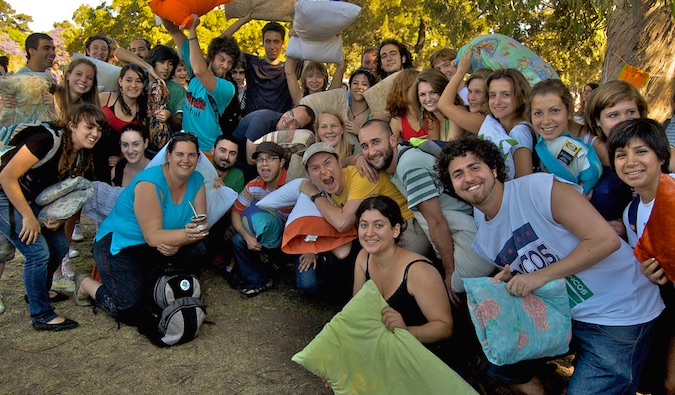
Eventually, the current situation with the Coronavirus will pass and we’ll be able to travel again. So, while you are at home with lots of time on your hands, start planning your summer or fall trip. After all, we’re all gonna really need to get outside once this crisis is over! Trip planning will keep you busy and help make the days and weeks fly by.
First, buy a guidebook. I love getting lost in guidebooks and plotting itineraries and dreaming of the sights I’ll see. They’ll help you get the lay of the land, outline your budget, and give you an introduction to the destination. We have 7 in-depth budget travel guidebooks to some of my favorite destinations around the world, including:
They’re the product over over ten years of backpacking the world and are chock full of insider tips, budget suggestions, itineraries and much, much more!
For other destinations, I suggest using Lonely Planet guidebooks. They’re my go-to company whenever I’m planning a new trip. They have the widest selection of destinations out there. You can check out their selection here and pick one up for your next trip! (Amazon is delivering so you don’t need to leave your house to get one!)
Next, check out this comprehensive step-by-step guide to planning a trip. It will walk you through all my best tips on planning a trip so you can be ready to go the second we’re allowed to travel again.
Being at home can lead to a lot of boredom but I’ve always found trip planning – even for places I never end up going – a great mental escape that helps me pass the time and occupy my mind.
4. Start Travel Hacking

While you’re waiting for your next trip, sign up for a new travel credit card so you can earn points and miles for free flights and hotel stays. This is how I travel so often without spending a ton of money. Accommodation and flights are two of the biggest expenses you’ll have so being able to reduce that to near zero ensure you’ll be able to travel a lot more!
Here are some posts to help you learn more and get started today (because the sooner you start the sooner you can earn a free trip!)
- How I Earn 1 Million Frequent Flier Miles Each Year
- Is Travel Hacking Really a Scam?
- The Ultimate Guide to Travel Hacking
- The 6 Best Travel Credit Cards for 2020
5. Join Online Communities

A wonderful way to connect with other travelers and keep the spirit of travel alive is to join an online community. There are a lot out there these days (including the one we started a few months back). Being at home can be isolating and, as you dream and plan future trips, connect with other travelers. Share trips, advice, stories, and keep your spirits high!
Here are a few of the best online communities you can join today:
- The Nomadic Network (This is our travel community)
- Lonely Planet’s Thorn Tree
- Girls Love Travel (women only)
- Reddit’s Travel and Shoestring subreddits (for general travel and budget travel respectively)
- Couchsurfing (they have groups and destination-specific forums)
6. Read Travel Blogs

Whether you’re planning a trip or just looking for something to read, travel blogs have a wealth of on-the-ground information, insider tips, and stories that can give you a lot of helpful advice and suggestions for your next trip.
Not only that but, as the travel industry grinds to a halt during this pandemic, reading blogs helps you support those of us who rely on advertising as part of our income. So, not only will you be getting lots of information but you’ll help keep bloggers from going under. Win-win!
Here are some suggested blogs to read:
- Uncornered Market (sustainable travel)
- View from the Wing (travel hacking, airline news)
- Wandering Earl (adventurous budget travel)
- The Blonde Abroad (travel and lifetsyle)
- Neverending Footsteps (travel and anxiety)
- Be My Travel Muse (solo female travel)
For even more awesome websites worth reading, here’s a list of my favorite travel blogs.
And since we’re also struggling traffic-wise, here are some of our most popular posts in case you feel like browsing (thanks in advance!):
- Why Travel Makes You Awesome
- Everyone Says I’m Running Away
- How to Realize You Dreams & Travel Anywhere You Want
- The Ultimate Guide to Traveling When You Have No Money
- Why It’s Never the Perfect Time to Travel
7. Meet Travelers Near You

(Note: At the moment, this tip does not apply due to the quarantine but, once it is lifted, this can be a way to meet people in your local area.)
Having a support network is vital. You need people who won’t think you’re weird when you tell them you want to hike across the Amazon. You need people to say “Can I join?”
That why we started The Nomadic Network. It’s an online and in-person meet-up group for travelers all around the world. We host regular events every month in cities across the globe (at least when this crisis is over. Sign-up, use our forum to chat with people virtually, and, when this all over, come meet up in person!
Some other great websites for meeting people in real-life are:
- Meetup.com – There’s a group out there for everything. I use this site frequently.
- Couchsurfing – Couchsurfing is more than a website that offers accommodation. It has lot of local groups that hold events all the time. It is a wonderful way to meet other travelers and locals – at home or on the road.
Coming home can be hard. We all need a community that supports and understands us. And, while we can’t meet that community in real life right now, there are many ways you can bring the world to you while you are at home.
Use these tips. Keep your travel spirits alive. Plan a future trip. The world will be waiting – and ready – for you when this is all over.
Book Your Trip: Logistical Tips and Tricks
Book Your Flight
Find a cheap flight by using Skyscanner or Momondo. They are my two favorite search engines, because they search websites and airlines around the globe so you always know no stone is being left unturned.
Book Your Accommodation
You can book your hostel with Hostelworld as they have the largest inventory. If you want to stay somewhere other than a hostel, use Booking.com, as they consistently return the cheapest rates for guesthouses and hotels. I use them all the time.
Don’t Forget Travel Insurance
Travel insurance will protect you against illness, injury, theft, and cancellations. It’s comprehensive protection in case anything goes wrong. I never go on a trip without it, as I’ve had to use it many times in the past. I’ve been using World Nomads for ten years. My favorite companies that offer the best service and value are:
- World Nomads (for everyone below 70)
- Insure My Trip (for those 70 and over)
Looking for the best companies to save money with?
Check out my resource page for the best companies to use when you travel! I list all those I use — and they’ll save you time and money too!
Photo Credit: 7 – OuiShare
The post 7 Ways to Scratch the Travel Itch Without Traveling appeared first on Nomadic Matt's Travel Site.


